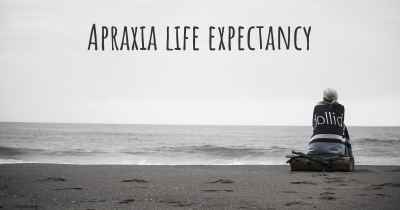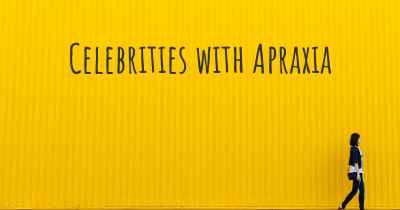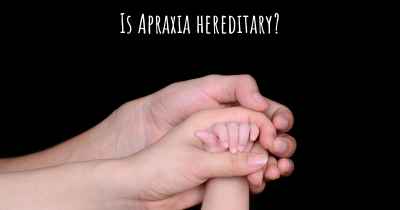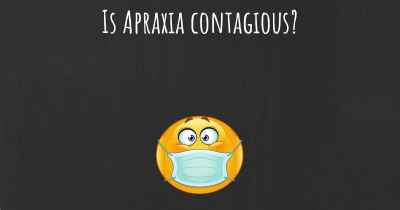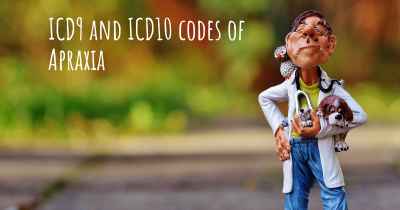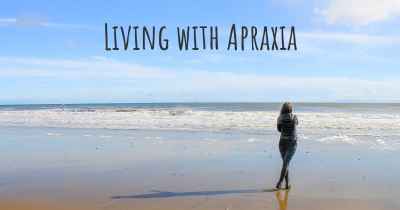What are the best treatments for Apraxia?
See the best treatments for Apraxia here

Treatments for Apraxia
Apraxia is a neurological disorder that affects a person's ability to perform purposeful movements, despite having the physical ability to do so. It can impact various areas of the body, including speech, limbs, and fine motor skills. While there is no cure for apraxia, there are several treatments available that can help individuals manage and improve their condition.
Speech Therapy
Speech therapy is the most common and effective treatment for apraxia. A speech-language pathologist (SLP) works with the individual to improve their speech production and coordination. The therapy sessions focus on exercises that target the muscles involved in speech production, such as the tongue, lips, and jaw. The SLP may use techniques like repetition, sound drills, and modeling to help the individual regain control over their speech movements.
Augmentative and Alternative Communication (AAC)
In cases where speech therapy alone is not sufficient, augmentative and alternative communication (AAC) methods can be used. AAC involves using tools and strategies to supplement or replace speech. This can include using sign language, communication boards, or electronic devices with speech-generating capabilities. AAC helps individuals with apraxia to express themselves and communicate effectively, even if they struggle with verbal speech.
Occupational Therapy
For individuals with apraxia affecting their limbs or fine motor skills, occupational therapy can be beneficial. Occupational therapists work with individuals to improve their motor planning and coordination. They may use activities such as puzzles, writing exercises, and hand-eye coordination tasks to help individuals regain control over their movements. Occupational therapy can also focus on adapting the environment to make daily activities more manageable for individuals with apraxia.
Constraint-Induced Movement Therapy (CIMT)
Constraint-induced movement therapy (CIMT) is a specialized treatment approach that can be effective for apraxia affecting the limbs. It involves restraining the unaffected limb while intensively training and encouraging the use of the affected limb. This therapy helps rewire the brain and improve motor control and coordination. CIMT is typically conducted under the guidance of a trained therapist and requires a structured program over several weeks.
Supportive Therapies
In addition to the specific treatments mentioned above, there are several supportive therapies that can complement the primary interventions for apraxia:
- Music therapy: Music can engage different areas of the brain and help improve coordination and rhythm, which can benefit individuals with apraxia.
- Art therapy: Engaging in artistic activities can help individuals with apraxia improve their fine motor skills and express themselves creatively.
- Cognitive-behavioral therapy: This therapy can help individuals cope with the emotional and psychological challenges associated with apraxia.
It is important to note that the effectiveness of treatments for apraxia can vary depending on the individual and the severity of their condition. A personalized treatment plan, tailored to the specific needs and goals of the individual, is crucial for optimal outcomes.
Posted Nov 4, 2017 by Candi 700
